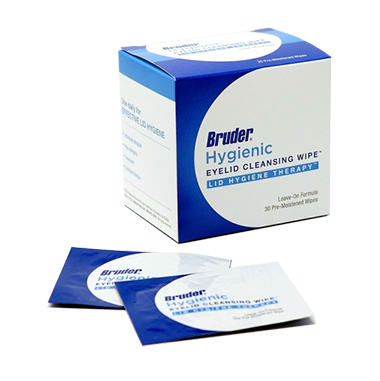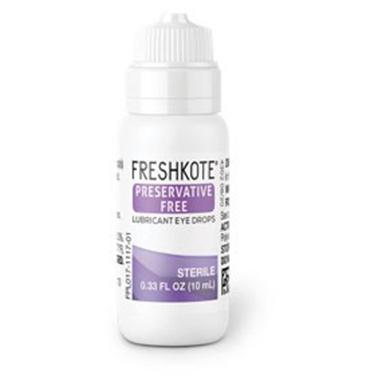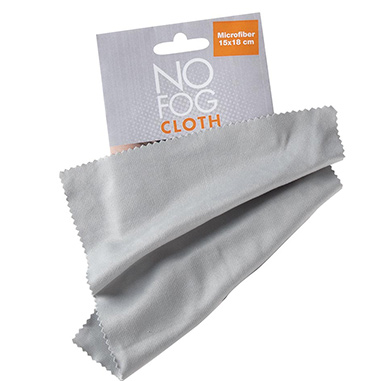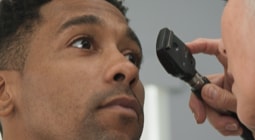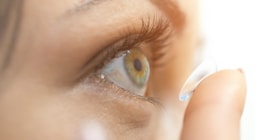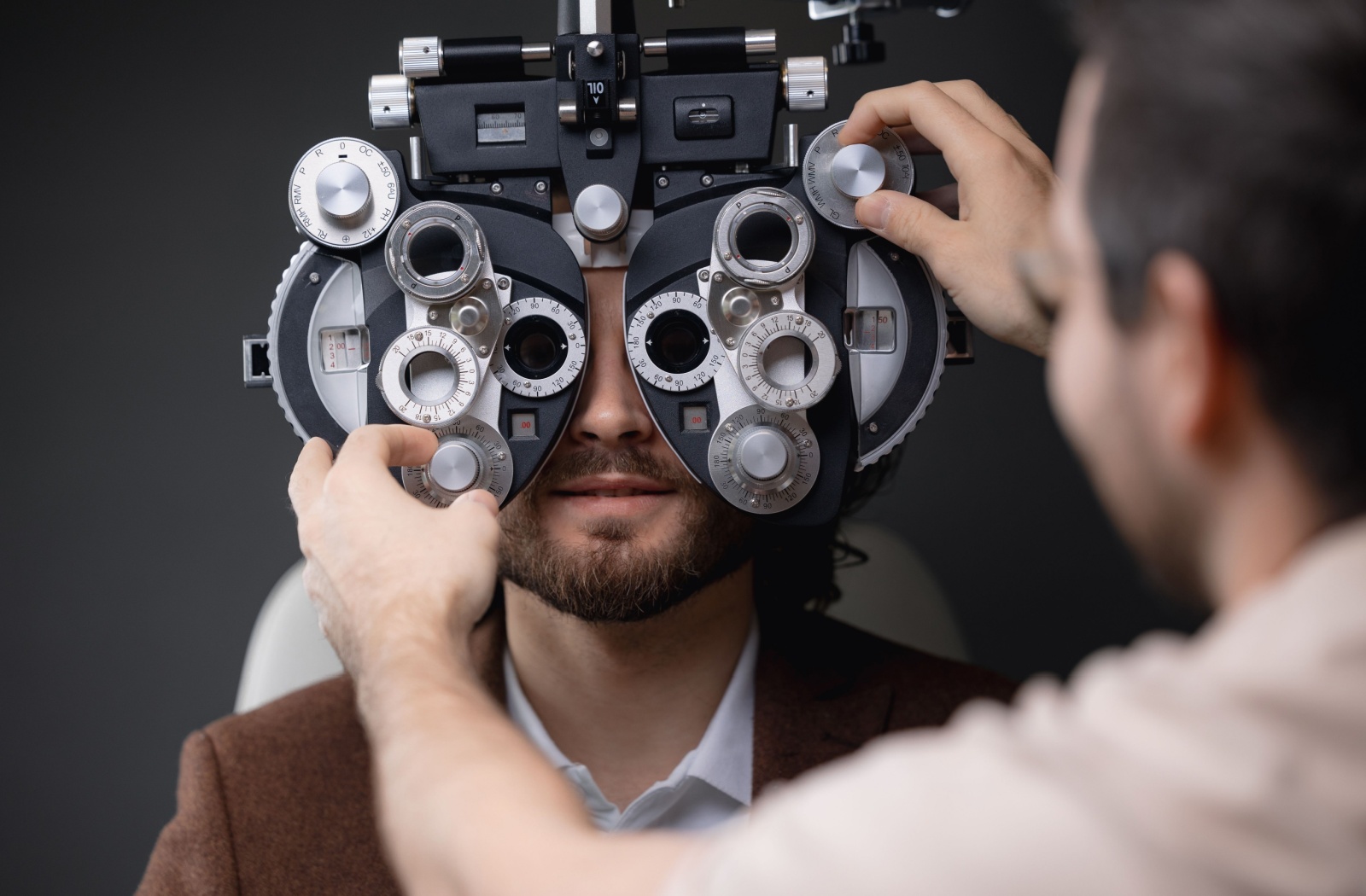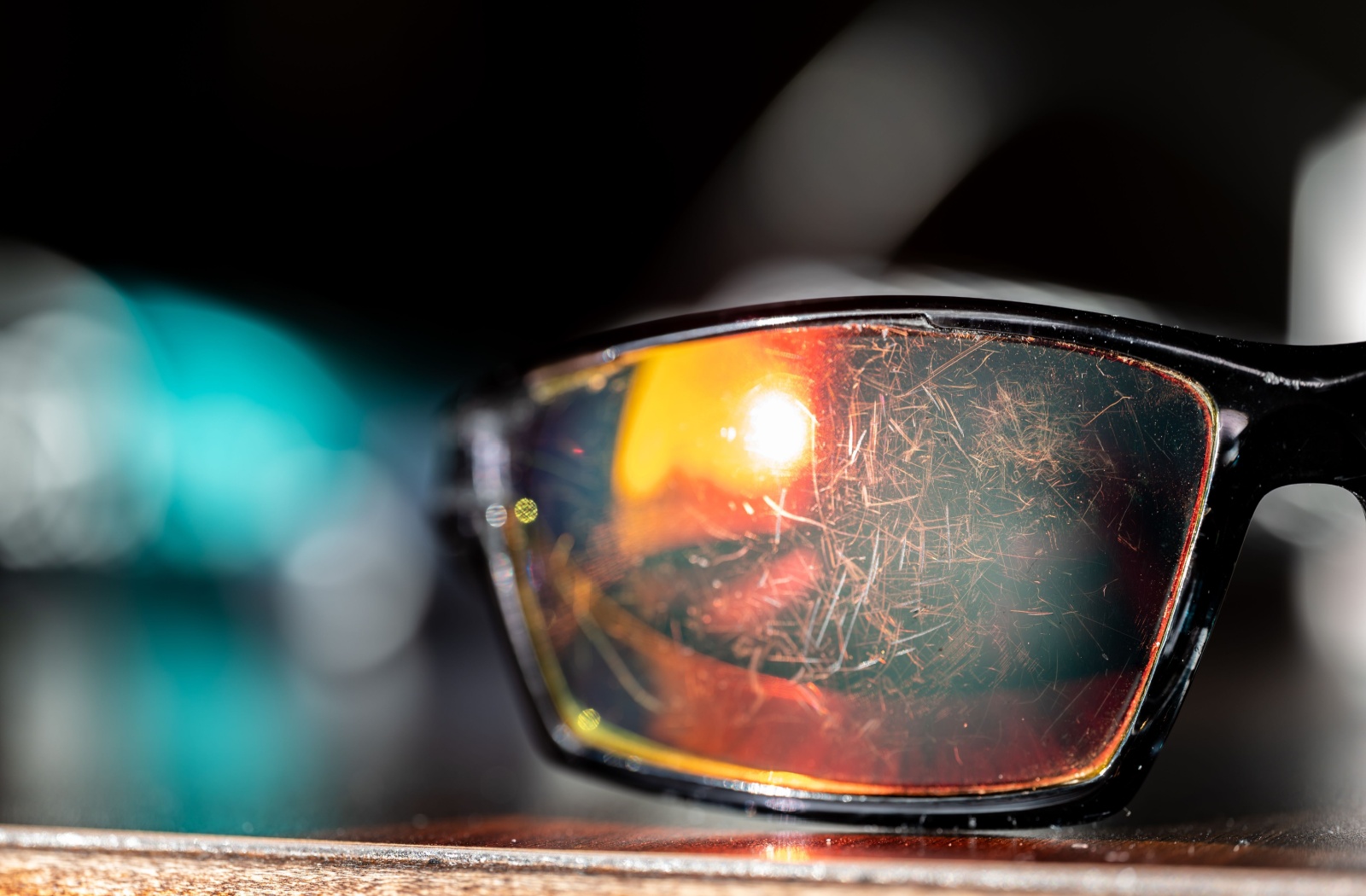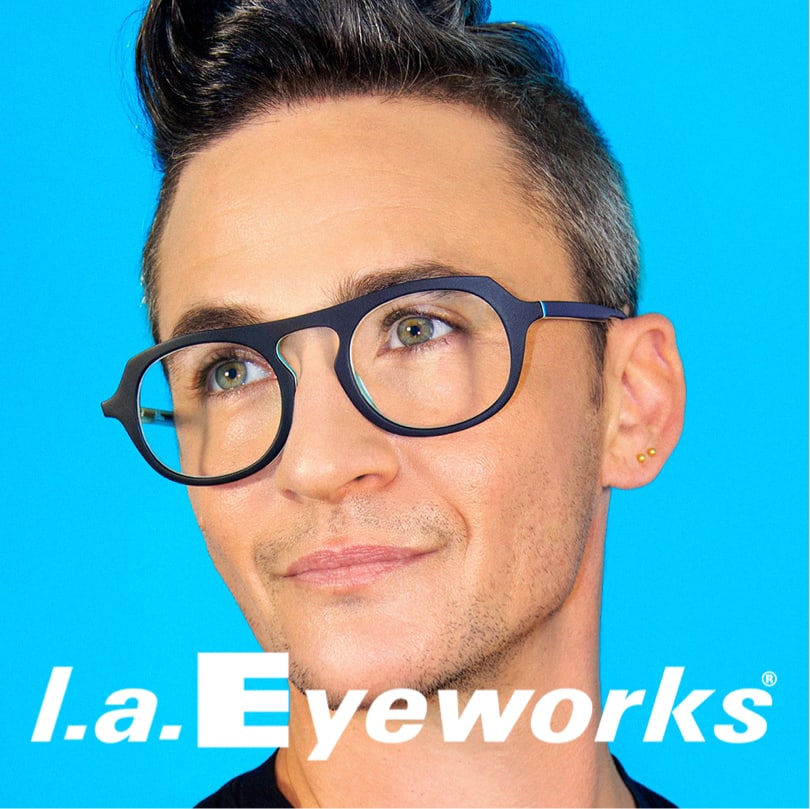You may not think about them all that often, but our tears are essential for maintaining our ocular health and helping us see clearly. Not only do they help focus the light that enters our eyes, but they also protect our eyes from infection, keep them clean of dirt and debris, and nourish them.
Our tears are made of 3 layers:
- The lipid (oily) layer keeps the tears from evaporating too quickly and keeps the surface of the eyes smooth.
- The aqueous (watery) layer keeps the eyes wet and comfortable and nourishes the eye tissue.
- The mucin (mucus) layer helps the tears stick to the surface of the eyes.
Tears are produced in the tear glands above your eyes, are spread across the eyes’ surfaces every time you blink, and then drain into your tear ducts or down your nose and face. Dry eyes occur when there’s an imbalance in the makeup of your tears, if they evaporate too quickly, or there’s a decrease in tear production.




